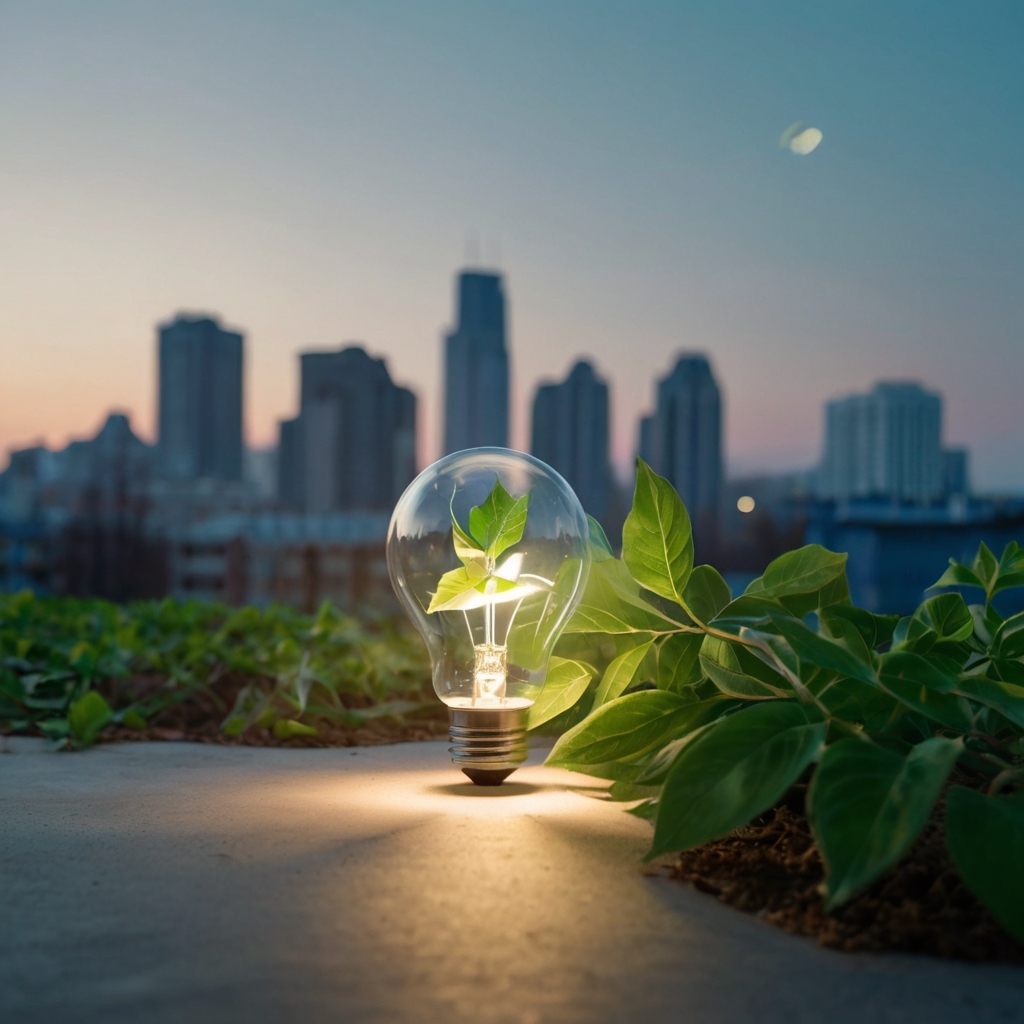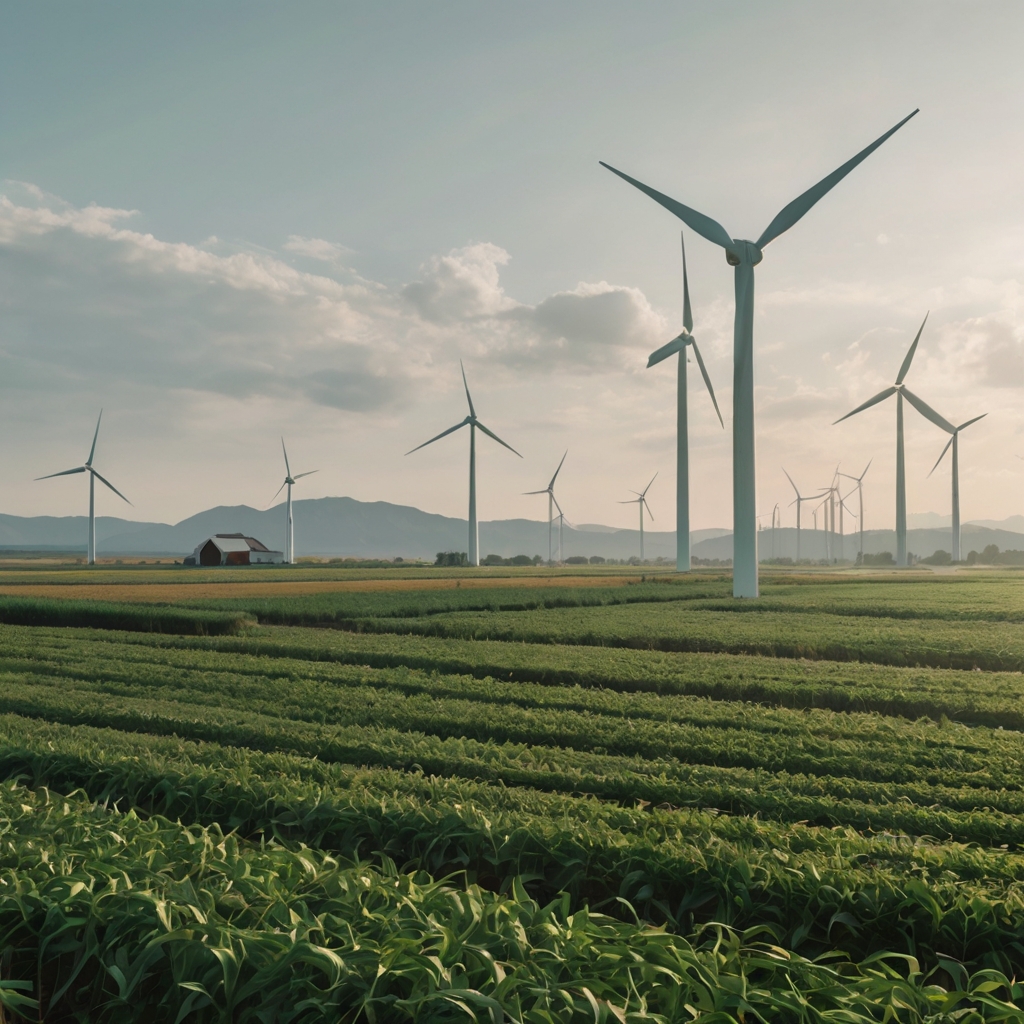How to Reduce Energy Consumption in USA – Practical Tips for Homes, Businesses, and Communities
How to reduce energy consumption in USA has become an urgent priority as households, businesses, and communities search for ways to cut costs, lower emissions, and create a more sustainable future. From switching to energy-efficient appliances and adopting smart technology to investing in renewable energy, there are many steps Americans can take to save power without sacrificing comfort or productivity. This guide explores practical strategies, government incentives, and innovative technologies that make energy efficiency not just possible, but rewarding. Whether you’re a homeowner, a business leader, or part of a community, every action contributes to a cleaner and more resilient energy future.
Why Reducing Energy Consumption Matters in USA
Energy use in the USA is higher than in most parts of the world, largely due to industrial demand, heating and cooling systems, and widespread reliance on fossil fuels. Reducing energy consumption is important because it:
-
Cuts electricity bills for households and businesses.
-
Lowers greenhouse gas emissions and slows climate change.
-
Reduces dependence on non-renewable resources.
-
Improves air quality and public health.
-
Strengthens national energy security by lowering demand on power grids.
Making small changes at the individual and community level creates a powerful ripple effect across the entire country.
Simple Ways to Reduce Energy Use at Home
Households play a huge role in overall energy demand. By making everyday adjustments, homeowners can lower consumption while maintaining comfort:
-
Switch to LED lighting: Uses up to 80 percent less energy than traditional bulbs.
-
Seal leaks and insulate homes: Keeps heating and cooling systems efficient.
-
Smart thermostats: Adjust temperature automatically for maximum savings.
-
Unplug devices: Electronics still consume energy in standby mode.
-
Efficient appliances: Look for ENERGY STAR-rated products when replacing old models.
These practical steps make it easy for families to save money while living more sustainably.
Reducing Energy Consumption in Businesses
Businesses in the USA consume vast amounts of energy, especially in manufacturing, transportation, and office buildings. By adopting efficiency measures, companies can cut costs and build stronger sustainability credentials:
-
Energy-efficient lighting systems in offices and warehouses.
-
Green building designs with better insulation and natural lighting.
-
Remote work options that reduce commuting emissions.
-
Optimized equipment maintenance to ensure machines run efficiently.
-
Employee awareness programs to encourage responsible energy use.
When businesses take the lead, they not only reduce operating costs but also inspire industry-wide change.
Role of Renewable Energy in Reducing Consumption
Renewable energy is one of the most effective ways to reduce energy consumption from non-sustainable sources. Instead of relying heavily on fossil fuels, the USA can transition toward cleaner alternatives:
-
Solar power: Rooftop solar panels help homes and businesses generate their own energy.
-
Wind energy: Provides a renewable source of electricity in many regions.
-
Hydropower and geothermal energy: Offer consistent, low-emission energy.
-
Community solar projects: Allow neighborhoods to share renewable energy sources.
By expanding access to renewables, energy demand from traditional grids decreases significantly.
Government Incentives and Policies Supporting Energy Efficiency
The U.S. government actively supports initiatives that help reduce energy consumption through funding, tax credits, and policy frameworks:
-
Energy Efficiency Tax Credits: Encourage homeowners to install efficient windows, insulation, and HVAC systems.
-
Inflation Reduction Act (IRA): Expands clean energy investments and rebates for households.
-
Department of Energy Programs: Provide resources for businesses to adopt efficiency technologies.
-
State and Local Initiatives: Many states offer rebates for electric vehicles, solar systems, and smart appliances.
Taking advantage of these incentives makes the transition to sustainable energy use more affordable.
Community-Level Solutions to Cut Energy Use
Communities across the USA are showing how collective efforts make a major impact on energy efficiency. Some examples include:
-
Community-owned solar gardens that make renewable energy accessible to all.
-
Public transportation investments that reduce reliance on cars.
-
Energy-sharing cooperatives that distribute locally generated power.
-
Green city planning that integrates bike lanes, walkable streets, and efficient housing.
When neighborhoods and cities collaborate, they achieve larger-scale reductions in energy consumption.
Technology and Innovation for Smarter Energy Use
New technology is transforming how energy is used, monitored, and saved across the USA:
-
Smart grids balance energy supply and demand in real time.
-
Energy storage systems like home batteries store excess solar power.
-
Artificial intelligence helps predict and reduce energy demand in industries.
-
Electric vehicles (EVs) cut dependence on gasoline and improve efficiency.
-
IoT-powered smart homes optimize lighting, heating, and appliances.
Innovation ensures that energy-saving practices are not only effective but also convenient for consumers and businesses.
Challenges in Reducing Energy Consumption
While progress is being made, there are obstacles that slow down the shift toward efficiency:
-
High upfront costs for renewable energy systems and efficient appliances.
-
Lack of awareness among households and businesses about energy-saving options.
-
Dependence on outdated infrastructure in many regions.
-
Resistance to lifestyle changes that require new habits.
Overcoming these challenges requires collaboration between government, industries, and individuals.
Future of Energy Efficiency in USA
The future of reducing energy consumption in USA is promising, with stronger policies, better technology, and growing public awareness. As renewable energy costs continue to drop and innovation speeds up, households and businesses will find it easier than ever to adopt sustainable practices. Communities that embrace energy-saving strategies today will be at the forefront of building a cleaner, greener, and more resilient nation.
Final Thoughts
Learning how to reduce energy consumption in USA is essential for building a sustainable future. From upgrading homes and businesses to supporting renewable energy and community projects, there are countless opportunities to lower demand and create lasting benefits. The key is to take consistent action—whether through small changes like switching bulbs or bigger investments like solar power. Every step matters, and together, Americans can shape an energy system that saves money, protects the environment, and secures the future.















